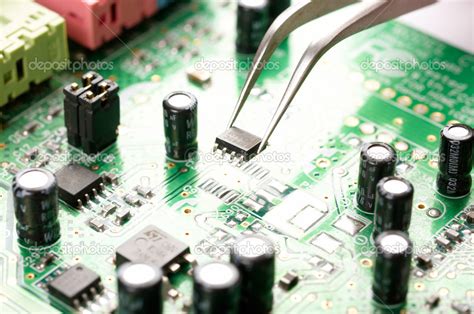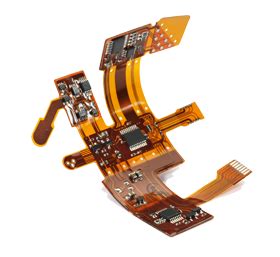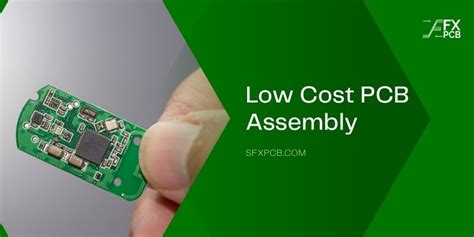Four aspects of interpretation of the four basic characteristics of RF circuits
Do you know the four basic characteristics of PCB RF circuits? This article interprets the four basic characteristics of RF circuits from four aspects: RF interface, small desired signal, large interference signal, and interference from adjacent channels, and gives important factors that need special attention in the PCB design process.

1.RF interface of RF circuit simulation
Conceptually, wireless transmitters and receivers can be divided into two parts: baseband and RF. The baseband includes the frequency range of the input signal of the transmitter and the frequency range of the output signal of the receiver. The bandwidth of the baseband determines the basic rate at which data can flow in the system.
The baseband is used to improve the reliability of the data flow and reduce the load imposed by the transmitter on the transmission medium (transmission medium) under a specific data transmission rate. Therefore, when designing the baseband circuit of the PCB, a lot of signal processing engineering knowledge is required.
The RF circuit of the transmitter can convert and upconvert the processed baseband signal to the specified channel and inject this signal into the transmission medium. On the contrary, the RF circuit of the receiver can obtain the signal from the transmission medium and convert and downconvert it to the baseband.
Transmitters have two main PCB design goals: First, they must transmit a specific power while consuming as little power as possible. Second, they must not interfere with the normal operation of transceivers in adjacent channels. For receivers, there are three main PCB design goals: First, they must accurately restore small signals; second, they must be able to remove interference signals outside the desired channel; and finally, like transmitters, they must consume very little power.

2.Large interference signals in RF circuit simulation
Receivers must be sensitive to small signals even when large interference signals (obstructions) exist. This situation occurs when trying to receive a weak or long-distance transmission signal while there is a powerful transmitter broadcasting in an adjacent channel nearby. Interference signals may be 60~70 dB larger than the expected signal and can block the reception of normal signals by a large amount of coverage at the input stage of the receiver or by causing the receiver to generate too much noise at the input stage. If the receiver is driven into a nonlinear region by the interference source at the input stage, the above two problems will occur. To avoid these problems, the front end of the receiver must be very linear.
Therefore, “linearity” is also an important consideration when designing a receiver on a PCB. Since the receiver is a narrowband circuit, nonlinearity is measured by measuring “intermodulation distortion”. This involves driving the input signal with two sine or cosine waves of similar frequency and located in the center band, and then measuring the product of their intermodulation. Generally speaking, SPICE is a time-consuming and costly simulation software because it must perform many cycles of calculations before it can obtain the required frequency resolution to understand the distortion.
3.Small desired signals in RF circuit simulation
The receiver must be very sensitive to small input signals. Generally speaking, the input power of the receiver can be as small as 1 μV. The sensitivity of the receiver is limited by the noise generated by its input circuit. Therefore, noise is an important consideration when designing a receiver on a PCB. Moreover, the ability to predict noise with simulation tools is indispensable. Figure 1 is a typical superheterodyne receiver. The received signal is filtered and then amplified by a low noise amplifier (LNA). This signal is then mixed with the first local oscillator (LO) to convert it to an intermediate frequency (IF). The noise performance of the front-end circuitry is primarily determined by the LNA, mixer, and LO. While traditional SPICE noise analysis can be used to find the noise of the LNA, it is useless for the mixer and LO because the noise in these blocks is heavily influenced by the large LO signal.
The small input signal requires the receiver to have a very large amplification function, usually requiring a gain as high as 120 dB. At such a high gain, any signal that couples back from the output to the input can cause problems. An important reason for using a superheterodyne receiver architecture is that it can distribute the gain over several frequencies to reduce the chance of coupling. This also makes the first LO frequency different from the input signal frequency, which prevents large interfering signals from “contaminating” the small input signal.
For different reasons, in some wireless communication systems, direct conversion or homodyne architecture can replace superheterodyne architecture. In this architecture, the RF input signal is directly converted to baseband in a single step, so most of the gain is in the baseband and the LO has the same frequency as the input signal. In this case, the influence of small amounts of coupling must be understood, and a detailed model of the “stray signal path” must be established, such as coupling through the substrate, coupling between package pins and bondwires, and coupling through power lines.
4.Interference of adjacent channels in RF circuit simulation
Distortion also plays an important role in the transmitter. The nonlinearity generated by the transmitter in the output circuit may cause the bandwidth of the transmitted signal to be spread over adjacent channels. This phenomenon is called “spectral regrowth”. Before the signal reaches the transmitter’s power amplifier (PA), its bandwidth is limited; but “intermodulation distortion” in the PA causes the bandwidth to increase again. If the bandwidth is increased too much, the transmitter will not be able to meet the power requirements of its adjacent channels. When transmitting digital modulated signals, it is actually impossible to use SPICE to predict the regrowth of the spectrum.
Because the transmission of about 1,000 digital symbols must be simulated to obtain a representative spectrum, and it is also necessary to combine high-frequency carriers, which will make SPICE transient analysis impractical. The above is the analysis of the four basic characteristics of PCB RF circuits, I hope it can help you.







